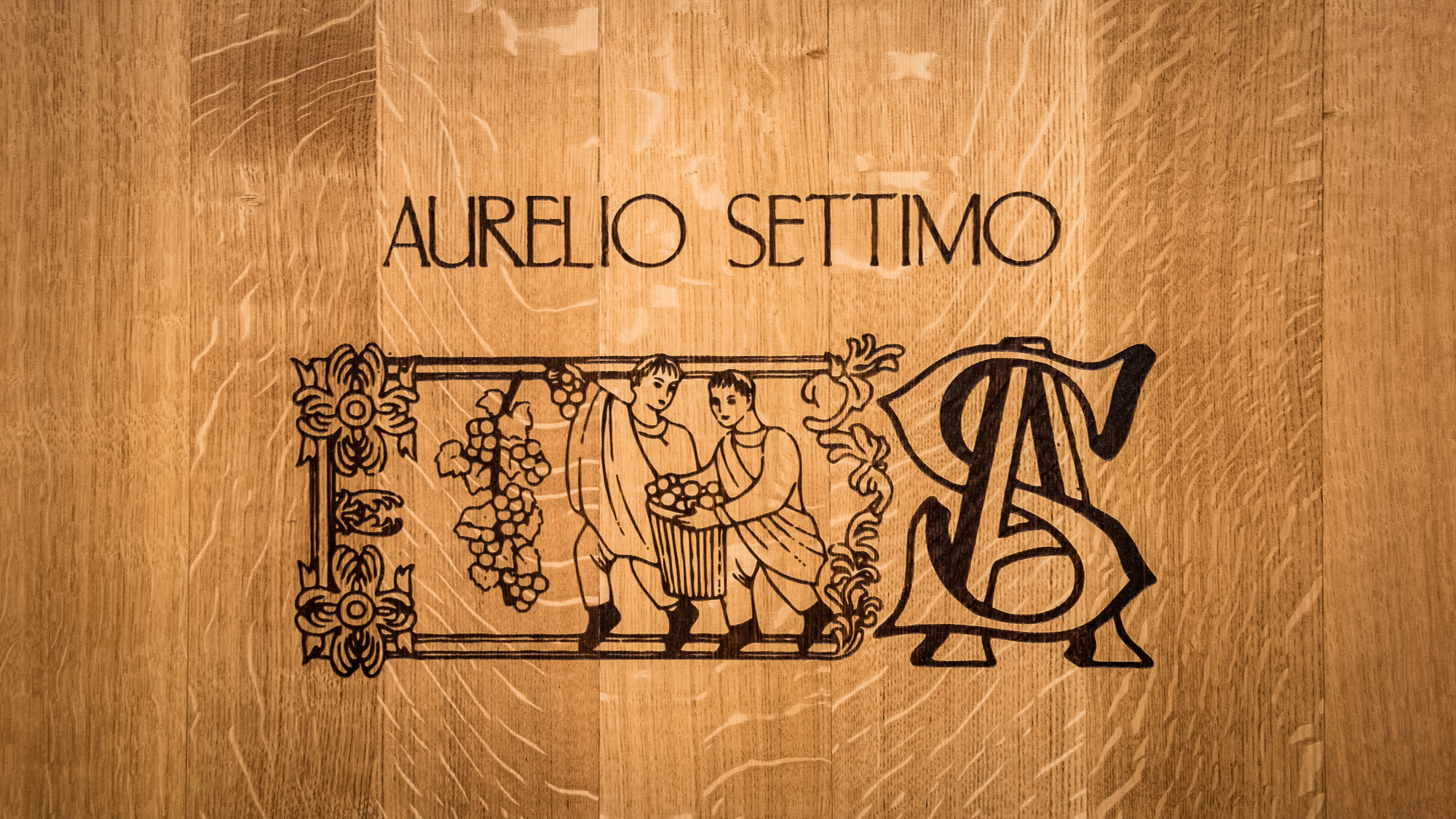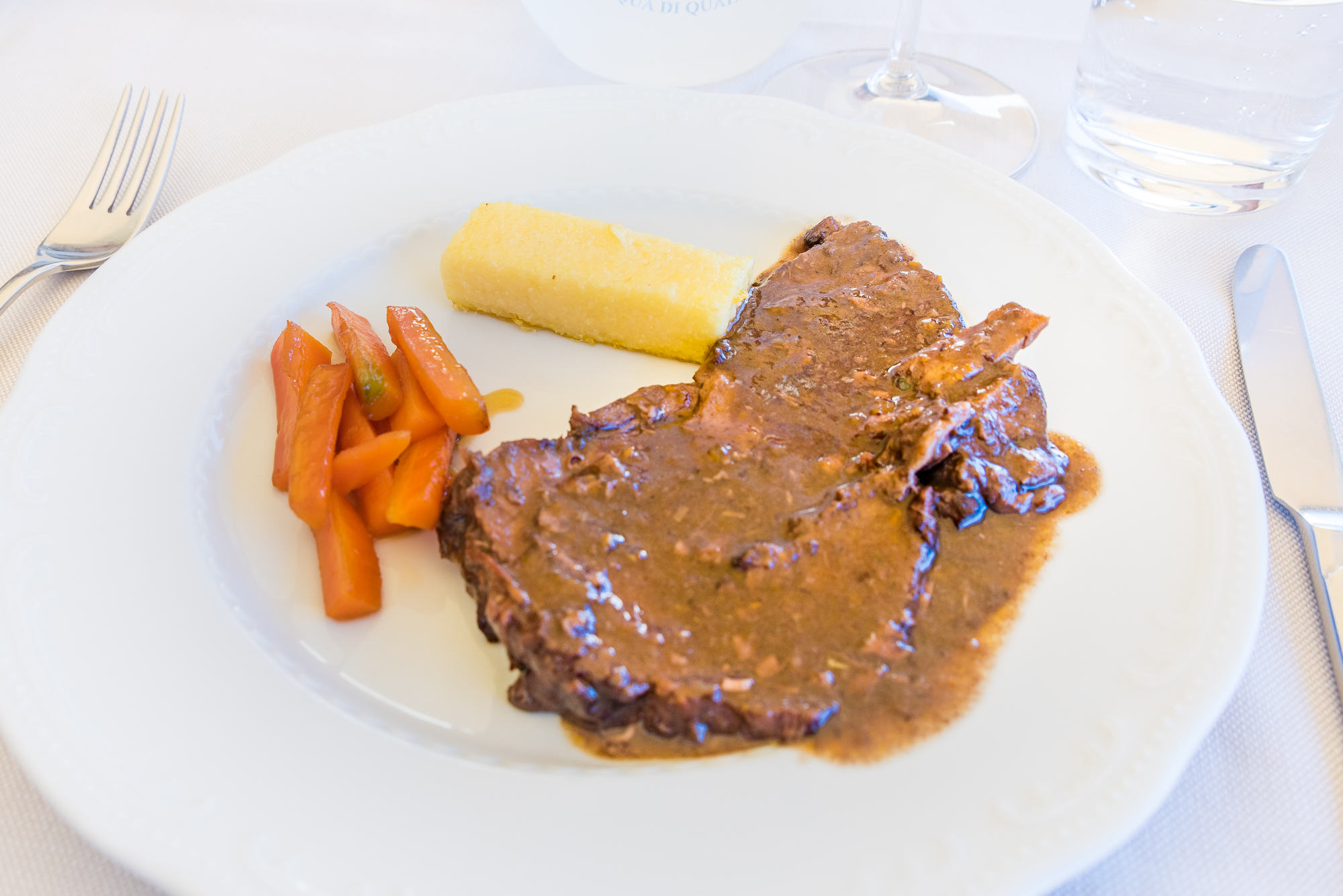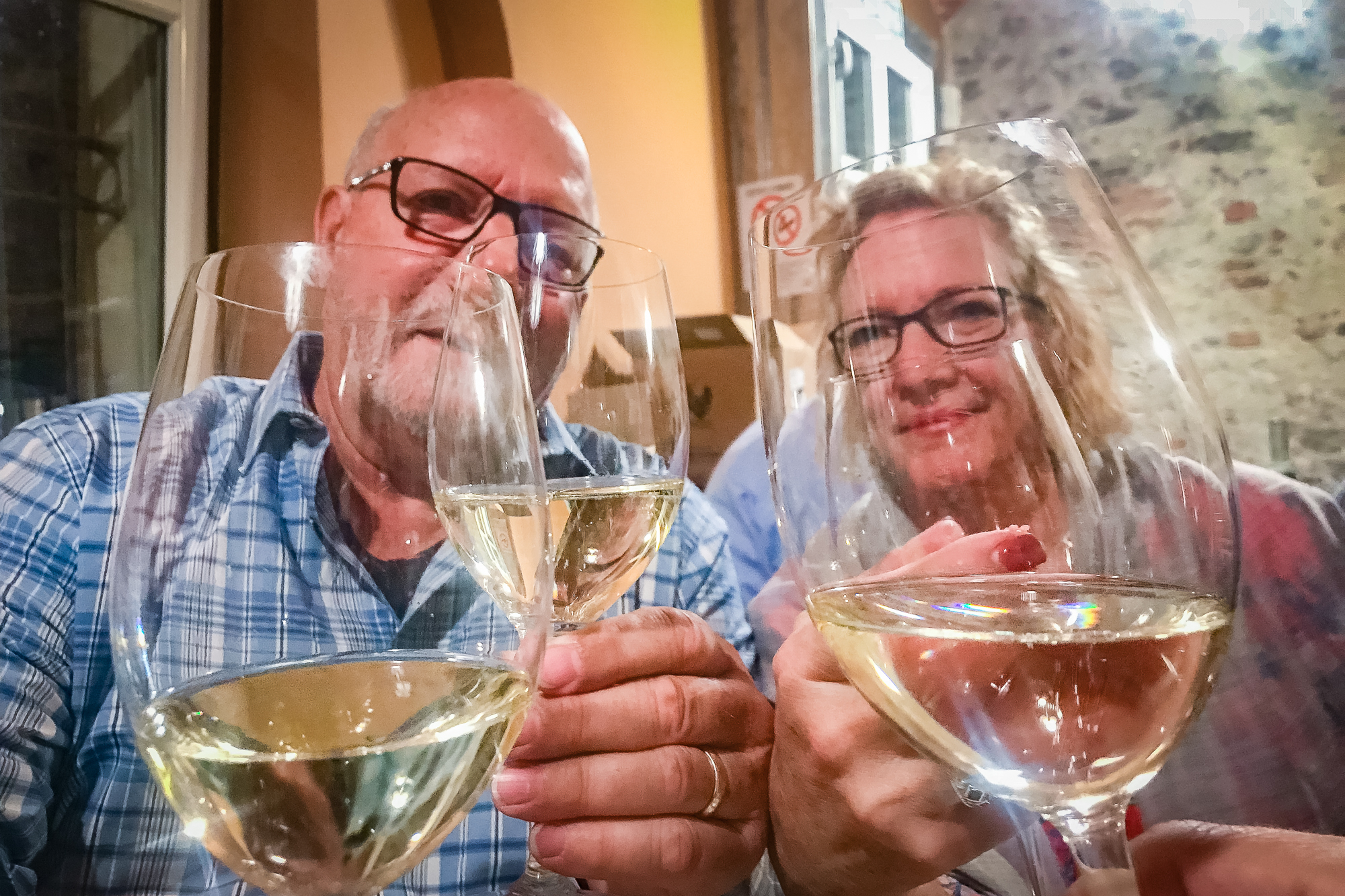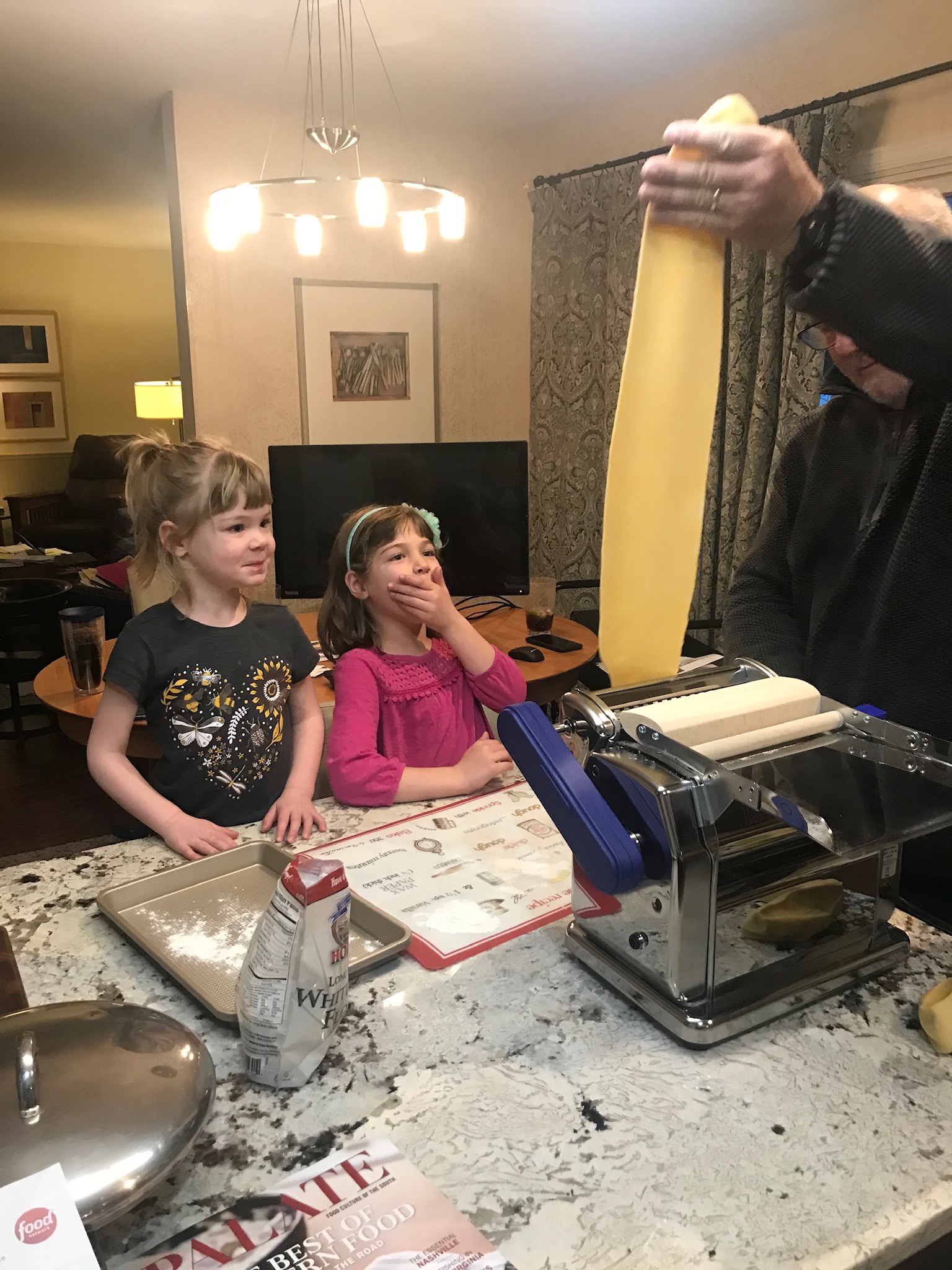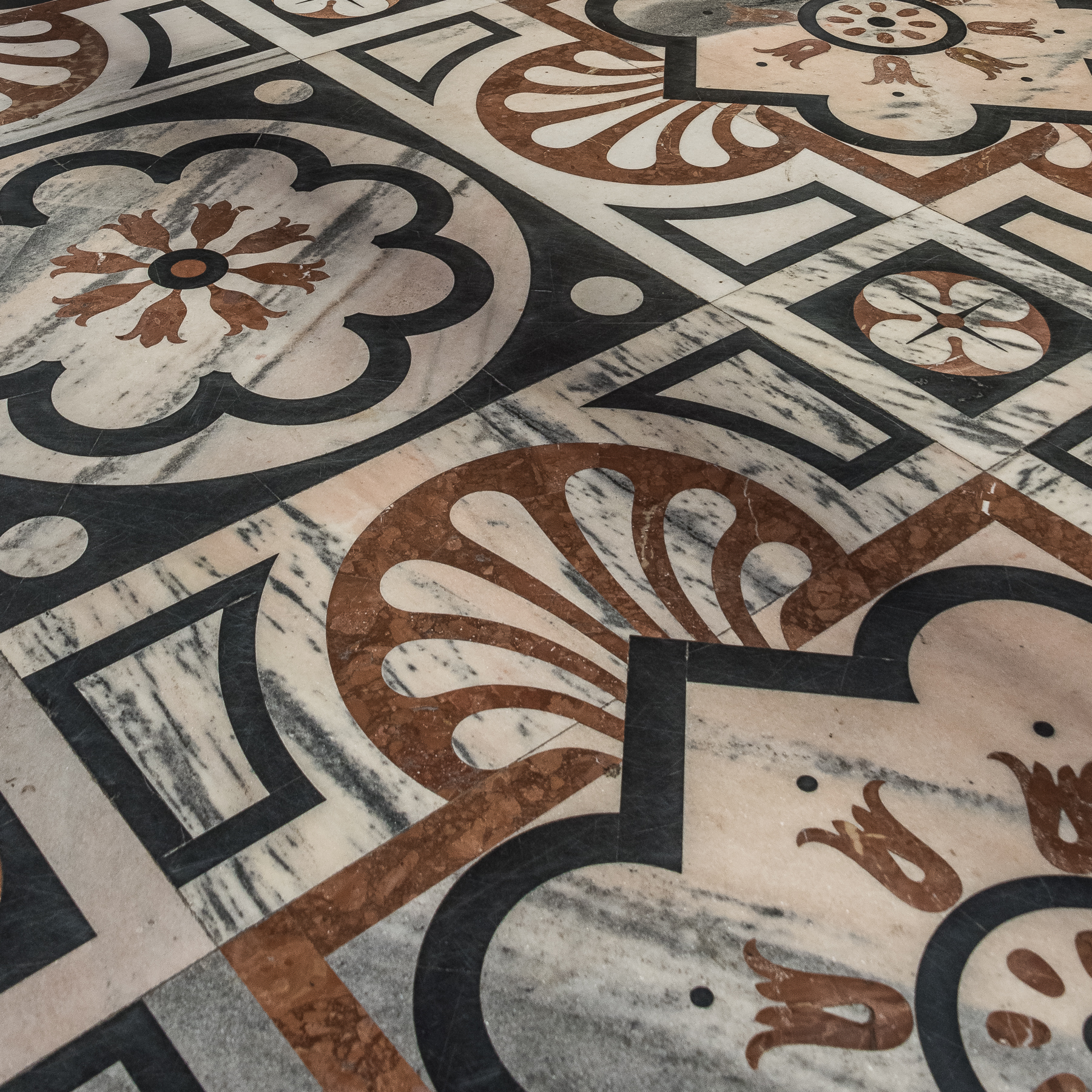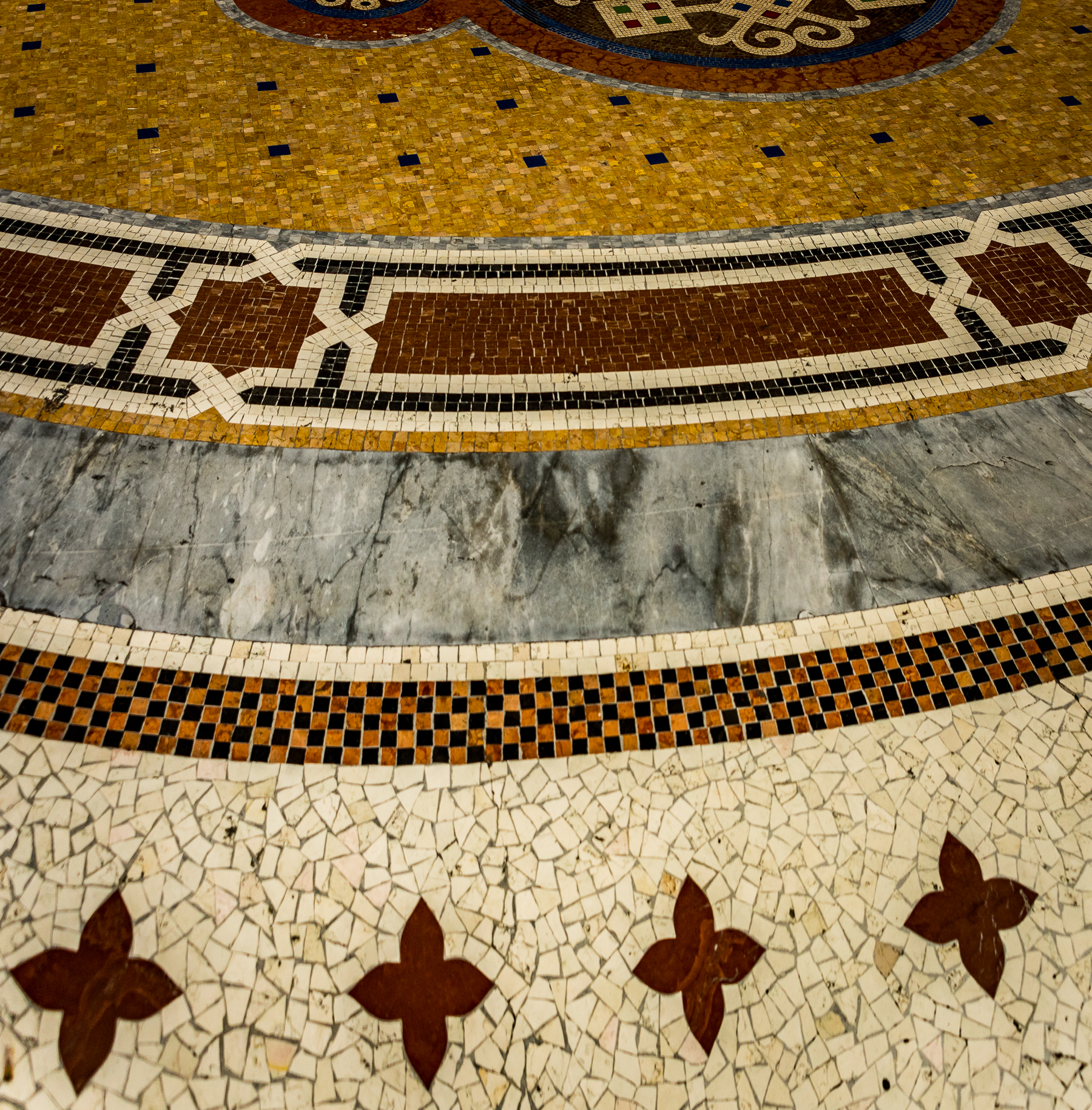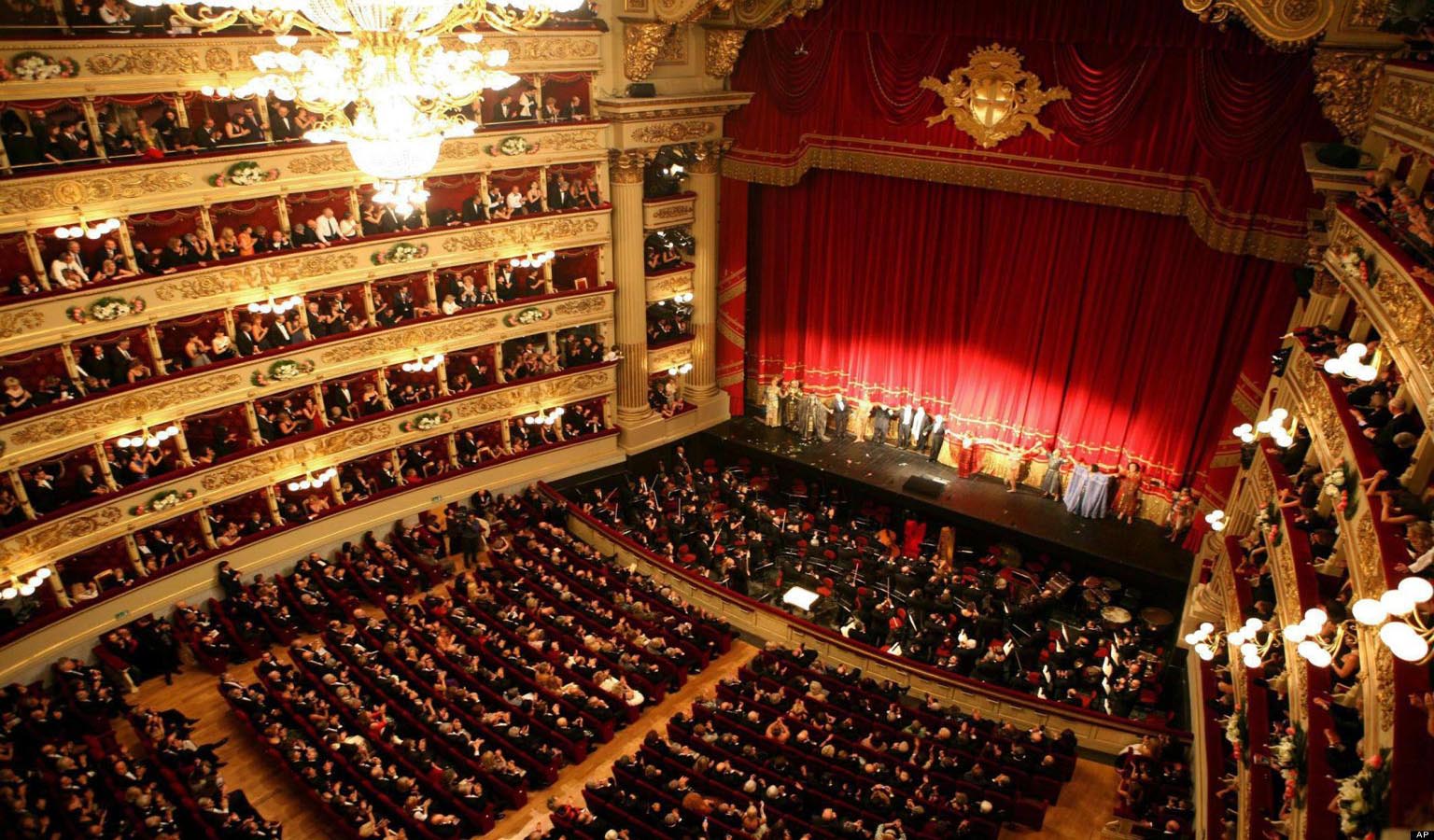This was one of our best days in the Piemonte! Why so great, you ask? Because we got to visit four great wineries with our new friend, Matteo.
Our wine guide for the day, Matteo Montegazza
Of course, you can find wineries to visit on the internet before you go to Italy, and then see them on your own. And we’ve done that. However, it was so much more fun and relaxing to let Matteo drive us around the Langhe to four excellent out-of-the-way wineries that we would not normally find on our own. It turns out that you don’t have to be a big, mega-winery to produce excellent wines.
Here’s what we did!
Aurelio Settimo Winery
Matteo picked us up Villa Gremi’, our lodging for the week, to start our day at Aurelio Settimo winery, on the slope just below the town of La Mora. Laura greeted us and acted as our host for the tour and tasting.
As we toured the vineyards, we were astonished to see that the soil shown in this photo is considered to be very good soil for growing grapes. It’s called calcareous, for the calcium from ancient limestone laid down when seas covered Italy.
Don’t adjust your monitors, folks…this is not a black and white photo! And this this is ‘the good stuff’. Go figure.
Laura informed us that the Settimo’s settled here in 1943 and began working their land to grow a mixed bag of vineyards, fruit trees, hazelnuts, hens, rabbits and cows. Aurelio’s father, Domenico, soon realized the value of his grapes and he began to bottle his wine under the Settimo Dominico label. When Domenico passed away 1962, Aurelio took over the family business, and he decided to focus on just the growing of grapes, abandoning the farming and animal breeding activities. He extended the vineyards and created the Aurelio Settimo label. For about 10 years, he sold 50% of his grapes to other wineries. Then in 1974 he began to vinify all his grapes on site. Since Aurelio’s death in 2007, his daughter Tiziana has been successfully running the family business.
Here, we are in the vineyards of Aurelio Settimo. That hilltop tree in the distance is an iconic symbol of Langhe.
This is a small cluster of Nebbiolo grapes, the key to Barolo and Barbaresco wines. These grapes were left on the vine after hand-picked harvesting due to their inferior quality.
Now, from the vineyards to the winery. The large cask below holds a Barolo Riserva Roche Annunziata 2012. And, this cask was constructed by Gamba, one of the largest producers of wood barrels and casks in Italy — for seven generations.
This is the first winery where we saw glass-lined concrete tanks used for the ‘finished’ wines, before aging in oak casks.
So you ask, “Just what wines do they produce at this nice, small winery?” Glad you asked!
There are 6 different labels produced here. This includes a Rose’ wine called Sett, Dolcetto d’Alba, Langhe Nebbiolo, a traditional Barolo, their special Barolo Rocche dell’Annunciata, and right now aging to perfection for you is a Barolo Riserva Rocche dell’Annunciata.
The four wines we tasted are in italics.
Cases of Aurelio Settimo Barolo Rocce dell’Annunziata wine are ready for shipment.
Our next stop was Damilano, though this was not a visit to their winery proper, but just their tasting room.
At Damilano, Alicia presented us four, tasty, locally vinified wines. The tasting of four wines seemed to be typical of today’s tastings.
First was a white Arneis (which we had fallen in love wih a couple of days earlier in Neive), Barbera d’Alba Lablu, Nebbiolo Marghe, and a Barol Cerequio.
What we didn’t try was one of the bottles in this photo. These riserva wines (reserve wines – aged longer before release) average over $200 a bottle.
Later, as we conferred in the car, we each agreed that the Damilano wines were excellent.
LUNCH TIME
Our next stop was lunch at Trattoria Cascina Schiavenza, advertised as a ‘typical kitchen of the Langhe’.
The terrace provides a nice view of the surrounding countryside.
As we waited for our food, Ellen pulled out watercolor pencils and paper for each of us, including Matteo…budding artists, all.
And of course, we tried another bottle of Arneis, which seems to be a reoccurring theme, doesn’t it?
The menu shows what we had for lunch. Reading down the menu, the highlighted dishes we had are shown from left to right in the photos, above.
A porcini mushroom crepe, an antipasto plate, ravioli with a browned-butter sage sauce, a tajarin pasta ragu, and a Barolo-braised beef.
Our next stop was just feet away, as the Schiavenza winery is connected to the family’s ristorante.
The entrance to the winery entrance is unassuming.
Here we see Matteo with Waldo, our host.
Once again, we came across concrete wine casks, as can be seen in the distance in this photograph.
What’s Leslie measuring in this photo? Waldo had just told us how the casks were cleaned after being emptied. He says that he climbs through that little arched opening and brushes and hoses out the casks…and he wasn’t kidding.
So, were the Schiavenza wines tasty? Of course they were!
This is our last stop today and it was super fun. Francesca led us through the winery before our tasting…though we did seem to do a bit of tasting right out of the wine casks! That was a first for us.
There was quite the discussion going on about which of the tapped casks we enjoyed the most.
Leslie had to get another taste before making her decision. Smart girl! No use rushing to judgement.
A toast to Giovanni Rosso wines was in order. And oh, by the way, we haven’t even made it to the tasting room yet!
Francesca next served up 4 wines for tasting. They were, a typical Barolo, a Barolo Serra, a Barolo Cerretta, and a Langhe Nebbiolo. All were excellent!
Here we are at the end of our wonderful day of winery touring. That’s Ellen, me, our new friend Matteo, Leslie and Craig. It was a wonderful day.
Dinner
And the evening wasn’t so bad, either. That night, the four us dined in La Mora at Osteria More e Macine.
At this osteria, the menu is presented on a chalkboard.
And what a surprise as we were presented with a bottle of Prosecco, complements of Matteo. As I said, it was a wonderful day, and a wonderful evening.
And where did we leave our evening? Right back where we started the day…with a bottle of the fine Barolo Rocche dell’Annunziata from the Aureiio Settimo winery.
The food was delish! Especially that orange-glazed pork belly…yum!
We had many toasts on our trip…and here is one to complete our wonderful day in the Langhe.
Here is information that I hope you will find helpful:
Matteo Montegazza - an absolutely wonderful guide for your day, or days.
Telephone: +39 392 5959493
Email: info@langaround.com
Website: www.langaround.com
Are you planning to visit Piemonte? Then the Barolo-Langhe region should be in your plans, also. And as you are there, please consider dropping Matteo an email, or call, to arrange a most excellent day of touring, tasting, laughing, and friendship.
Ciao for now,
Steve

